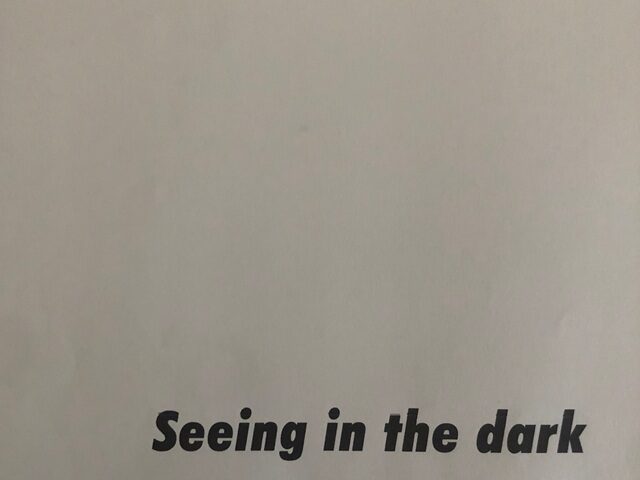Triplets are probably the rhythm that new musicians don’t understand the best. The hardest part is that people who are just starting to play an instrument often think they understand it when they don’t. Even if you think you already know what triplets are, you should still go through this lesson.
Triplet is not just any group consisting of three notes. Students often get confused because they think three notes that are played closely or written together are triplets. That’s not always true. A triplet is not a group of notes but a certain rhythm.
Still confused? Don’t worry, in this lesson on how to count triplets, we will give you some useful tips. So stay tuned!
INDEX
Crotchet (Quarter Note Triplets)
Quaver (Eighth Note Triplets)-
Semiquaver (Sixteenth Note Triplets)
Crotchet (Quarter Note Triplet)
Semiquaver (Sixteenth Note Triplets)
What Is a Triplet Note?
A triplet is a rhythm that plays three notes in the time it takes to play two. That is, three notes that are equally spaced between two notes with the same rhythmic value. The most typical example is an 8th-note triplet. A triplet eighth note rhythm is made up of three notes played every two eighth notes. You might find it easy to think of an eighth note triplet as three notes that divide a quarter note into three parts since the one-quarter note equals two eighth notes.
There are also other sets of three. The quarter note triplet is the next most common. A quarter note triplet is three notes that go between two-quarter notes (the same as a half note).
Again, a triplet is not just three notes played simultaneously. It is a specific rhythm made up of three notes played simultaneously.
Here is a good sample list of triplet notes:
Crotchet (Quarter Note Triplets)
A Musical note that its head is filled in black, making it seem like a minim (Half-note). This reduces the pitch’s length by half, making a crotchet equal to one beat or half the length of a minim.
Minim (Half Note Triplets)
Unlike a semibreve, it has a line coming out of its note head on the right. We refer to this section as the stem. A minim has a value of two beats because of the stem. This implies that a minim is just half as long as a semibreve since we only count to two while playing it.
Quaver (Eighth Note Triplets)-
Similar to crochet, but with a tail that emerges from the stem on the other side. A flag or a hook are other names for the note’s tail. The crotchet is twice as long as a quaver. Hence it has the same value as a crotchet.
Semiquaver (Sixteenth Note Triplets)
It resembles a quaver, except instead of one, it has two tails sprouting from the stem. This signifies that it’s worth one-quarter of a beat, which is half the value of a quaver.
How to Count Triplets
Now that we know what a triplet is, we’ll look at how to figure out how many beats it has. The length of a triplet is equal to the length of two single notes.
In a triplet, if the values of all three notes are the same, therefore, we pick two of them and add them together to obtain the final result.
Crotchet (Quarter Note Triplet)
If we want to know how many beats the crotchet triplet below has, we take two of the notes and add them together.
Two crotchet beats, or a minim beat, equal one crotchet beat plus one. So, a quarter note triplet is the same as two crotchet beats.
Minim (Half Note Triplets)
The same holds for all other triplets, such as a minim triplet (half note) in which two notes are added together. In other words, a semibreve beat is two minim beats plus a minim beat.
Terms to remember:
Semibreve beat- (also called a whole note) is one note in music with four beats and looks like a hollow circle with no stem. In 4/4 time, a whole measure is played along with one semibreve.
Quaver (Eighth Note Triplets)
Quaver triplets (eighth notes) are the same. We add together two of the notes in the triplet. So, one quaver plus one quaver equals two quavers, also called a crotchet beat.
Semiquaver (Sixteenth Note Triplets)
In the last semiquaver triplet, two notes are added together. You get a quaver beat when you add a semiquaver to another.
Final Note Values
In conclusion, counting triplets in music is relatively easy when you know how to do it. Always do the following tips, and you’ll be on your way to sounding like a pro!
Remember, practice makes perfect, so spend some time working on this skill. Once you get it down, you’ll be able to apply it to any piece of music and sound great.





